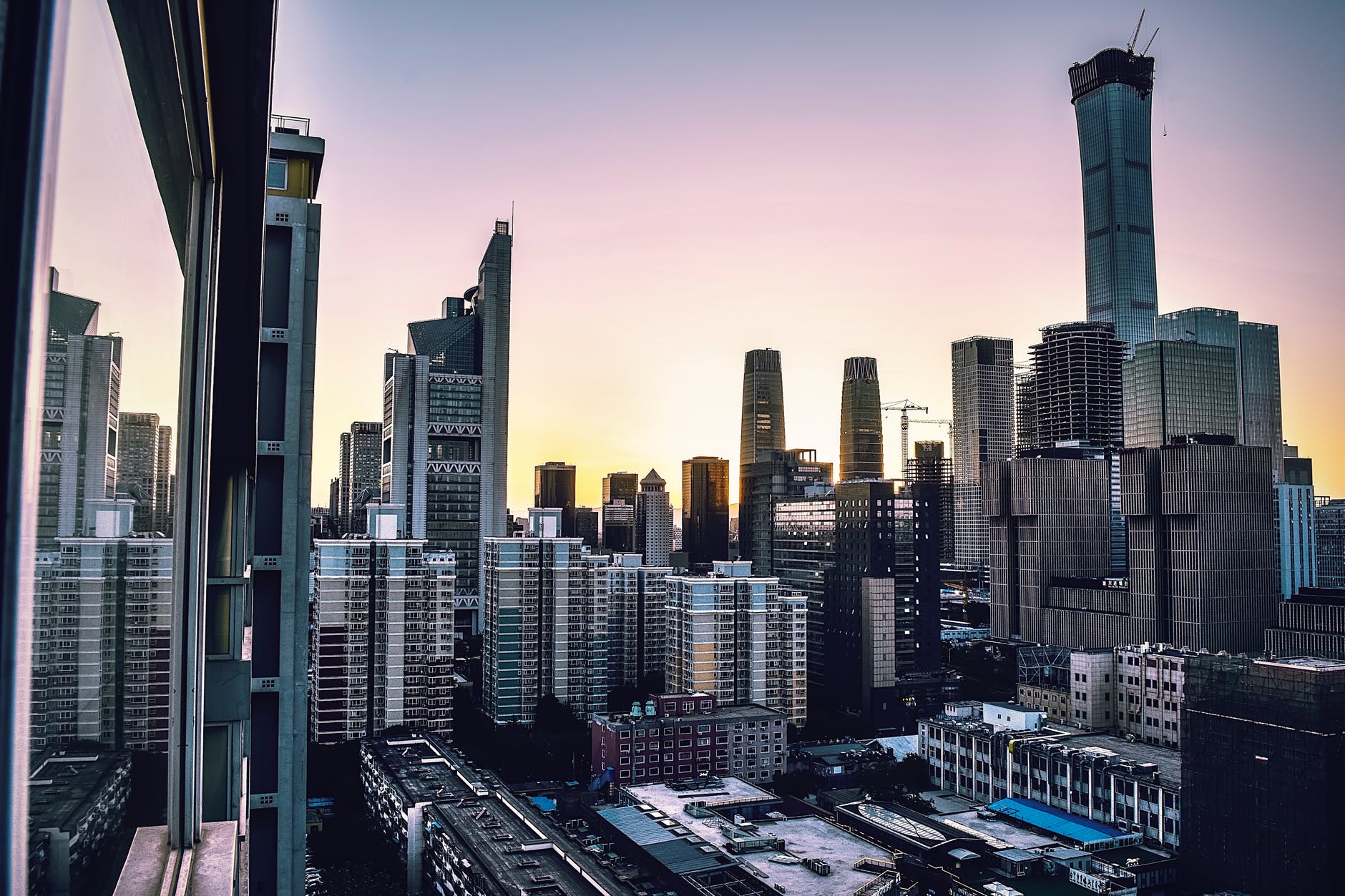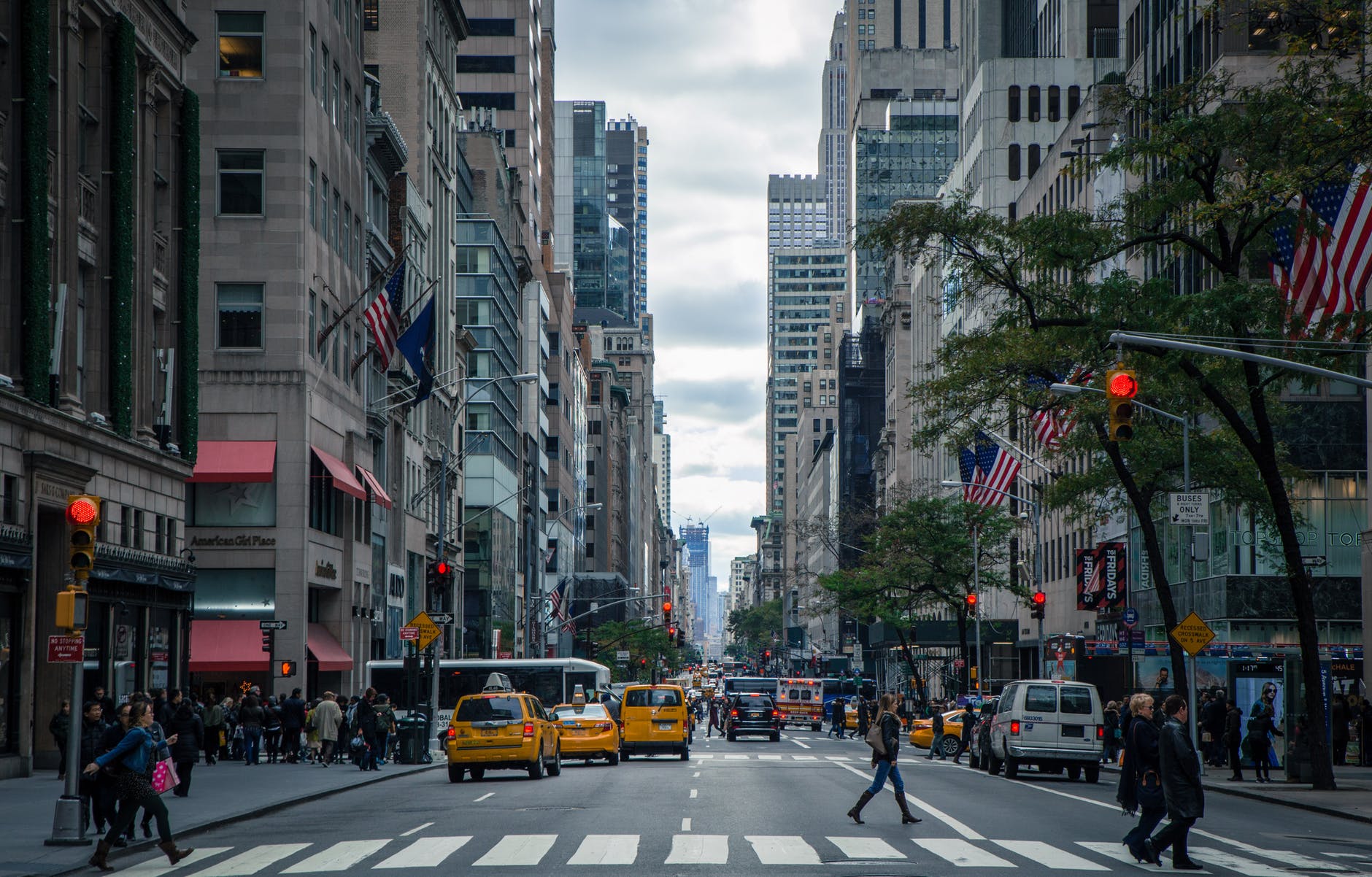The Rise and Fall of McMansions—And Why Cities are an Attractive Alternative
More than 20 Years After the “Bigger is Better” Building Trend Began, are These Odd Monuments to Excess on their Way Out?
It began—like parachute pants, shoulder pads and “supersized” fast food meals—in the 1980s and became full-blown in the early 90s: McMansions. Houses described as bland, standardized, dis-proportionate and, like the other fashions of the time, ostentatiously large.
The structures, which average 3,000 to 5,000 square feet, sprouted up all over the country and have been blamed for everything from destroying regional architectural charm to being the pin that popped the housing bubble in 2007.
Overall, home ownership is considered to be part of the American dream. That ideal began before the great depression and blossomed in the post-WWII housing boom when returning veterans took advantage of the GI Bill benefit that offered low-interest, no down payment, mortgages.
That, along with a generally growing economy, increased the homeownership rate from 43.6 percent in 1940 to 61.9 percent in 1960.
But the houses on the market at the time were small, sturdy, structures that were about 985 square feet, on average. One 1952 ad for a home in Syracuse, New York, lists a “modern three bedroom home, living room, furnace, kitchen and new roof, $9,900.”
Hardly a palatial set-up.
By 1990 the homeownership rate was at 64.2 percent (it took a dip in the 1970s during the recession) before hitting 66.2 percent in 2000.
But these were not homes meant to last, nor were they necessarily affordable. During the housing crisis, more than 10 million homeowners lost their homes (more families were displaced than during the great depression.)
An article in Business Insider quotes Kate, who created the blog McMansion Hell, about the quality of many of the homes that went into foreclosure. According to the blogger, McMansions were “built cheaply in order to get maximum items checked off the check-off list for the lowest cost. The designing of houses from the inside out caused the rooflines to be massive and complex.
“These roofs are nearing their time of needing to be redone and maintained at extraordinary cost due to their complexity,” she said. “As the era of repair draws near, I suspect many homeowners are quietly trying to walk away from their bad decision.”
So, owning a large, expensive, possibly poorly constructed home became considerably harder in 2007-2008. Does that mean the trend is over, permanently, even with the economic recovery?
The same Business Insider article makes the case that it is. Similar articles have appeared in Curbed and even The Chicago Tribune. With cities undergoing property booms and becoming safer all around, it’s attractive to live in downtown areas as opposed to the suburbs. Perks include the convenience of having everything you need in 5 blocks radius, without the need to even own a car.
A counter argument, citing recent data from a February 2015 survey by Trulia, which states that 43 percent of American adults would like to live in a home that’s bigger than where they currently live, has been offered.
The fact that the trend was especially evident with millennials, ages 18 to 34, seems significant.
However, the survey also covers the size of the current home and, unsurprisingly, those in smaller homes would like to upgrade. In fact, 55 percent of those in 800–1,400 square foot homes and 66 percent of those in homes with less than 800 square feet would like to live in larger spaces.
Not included in the survey results are whether it’s millennials who live in the smallest of spaces.
Since millennials are credited with renewing growth in cities, have less disposable income than the yuppies of the 80s, and are buying into the “tiny homes” movement, it seems likely that the days of the McMansion are numbered. Especially if those roofs start caving in.





